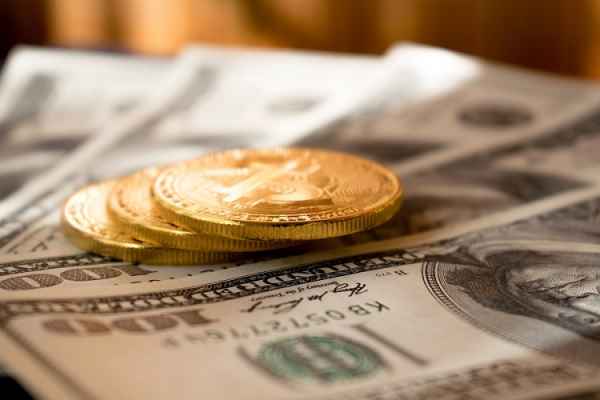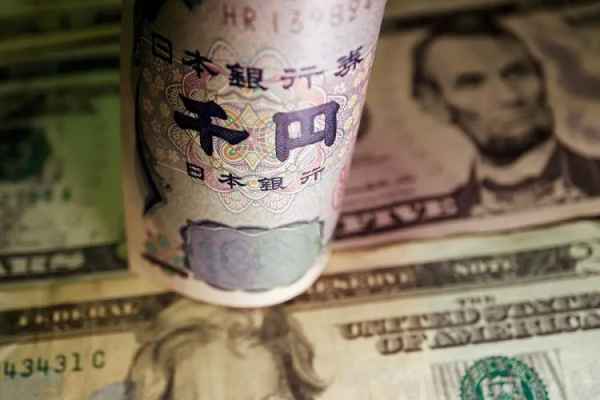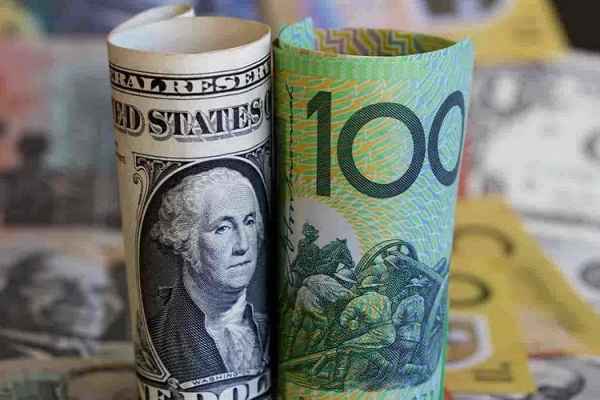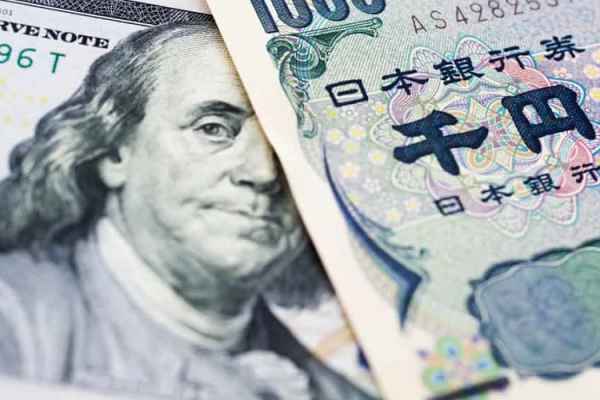The Pound Sterling excelled, as the Purchasing Managers' Index (PMI) showed business activity in the UK was more buoyant than Eurozone member states.
The Pound Sterling outperformed the US Dollar and the Euro on Wednesday (24/January). The Purchasing Managers' Index (PMI) showed business activity in the UK was more buoyant than in Eurozone member states, boosting the currency. GBP/USD climbed more than 0.5% to a high of 1.2774, while EUR/GBP slumped to a four-month low.
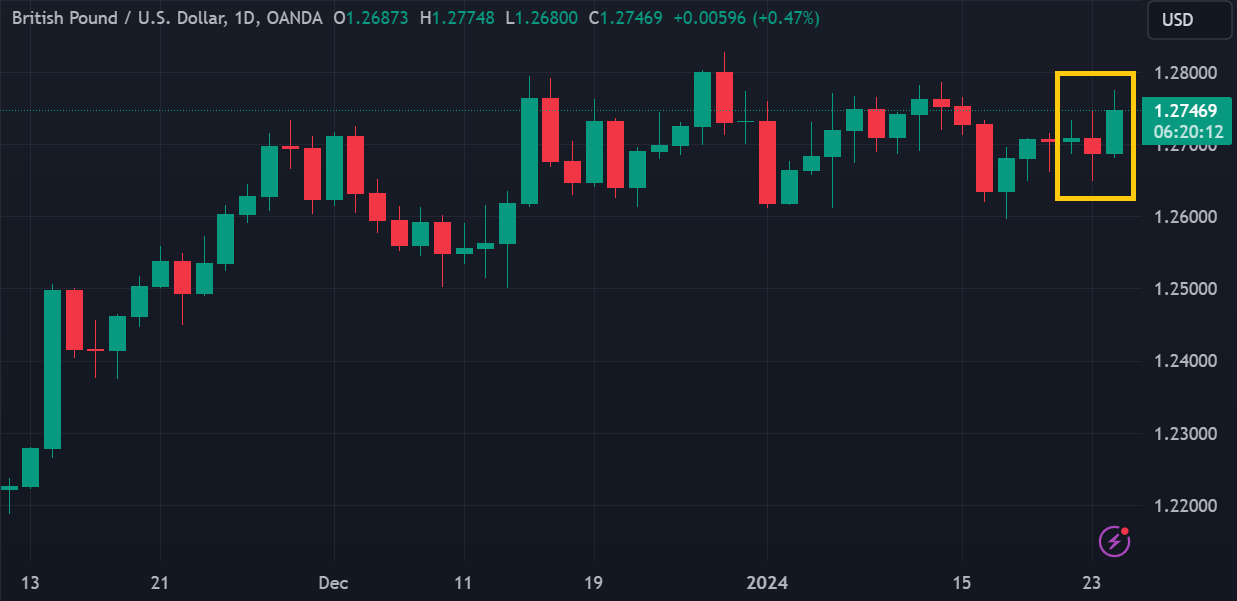
S&P Global/CIPS reported PMI scores for the UK manufacturing and services sectors rose higher than consensus estimates in the January 2024 preliminary report. The Composite PMI score climbed from 52.1 to 52.5, or better than the forecast of 52.2.
The Eurozone preliminary PMI report presented a worse situation. Despite an improvement in the Eurozone Manufacturing PMI, the figure is still below the 50.0 threshold -signaling continued contraction-. The Eurozone Services PMI score was also lackluster, slipping from 48.8 to 48.4. Whereas the consensus had expected the Services PMI to improve slightly to 49.0.
The figures increased market expectations for the Bank of England (BoE) to keep interest rates high for longer. Naturally, the pound sterling strengthened.
"It's because the UK PMI at this point in time looks quite encouraging... I think when you combine what we've seen in (UK) inflation lately, and you have a better PMI, that might offset the poor retail sales that happened in the UK in December," said Francesco Pesole, FX strategist at ING, as reported by Reuters.
Pesole added, "So ultimately with the Fed's forecasts continuing to move towards the dovish side of monetary easing, markets are not too comfortable factoring in more easing from the Bank of England."
The BoE will hold a policy meeting next week. Most market participants expect the BoE to start cutting interest rates in June, so no dovish signals are likely in the near future.
The situation contrasts with the European Central Bank (ECB) and the Federal Reserve. The majority estimates that both have cut interest rates at least once as of next June.
This interest rate expectation gap tends to be favorable for Sterling. US futures market data shows that speculators have doubled their long positions on Sterling in the past three weeks. The total Sterling long position now stands at $2.44 billion - the most since last September.

 Dedicated FREE FOREX VPS
Dedicated FREE FOREX VPS Free FOREX Virtual Private Server
Free FOREX Virtual Private Server MT4 Demo Contest, Get $500
MT4 Demo Contest, Get $500 Sign Up for an Account, Claim 60% Deposit Bonus
Sign Up for an Account, Claim 60% Deposit Bonus Free MT4/MT5 VPS 2024
Free MT4/MT5 VPS 2024 Send E-mail and Get Free Merchandise
Send E-mail and Get Free Merchandise $1K Refer a Friend Bonus for Pepperstone Pro clients
$1K Refer a Friend Bonus for Pepperstone Pro clients Maximize Your Earnings with 100% Deposit bonus
Maximize Your Earnings with 100% Deposit bonus Trade to Win, $5,000 Monthly Demo Contest
Trade to Win, $5,000 Monthly Demo Contest Claim 30% + 15% Deposit Bonus from LiteFinance
Claim 30% + 15% Deposit Bonus from LiteFinance


